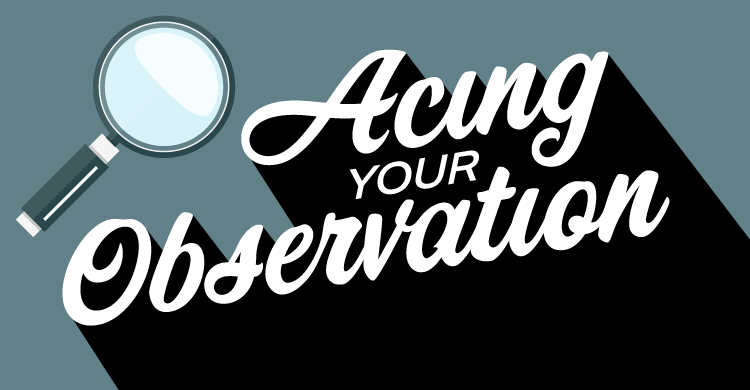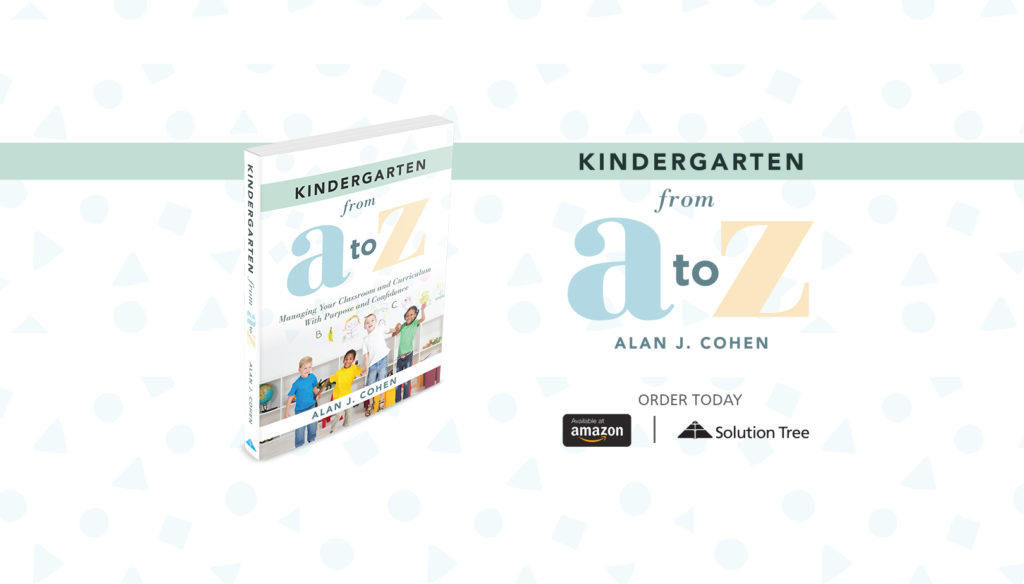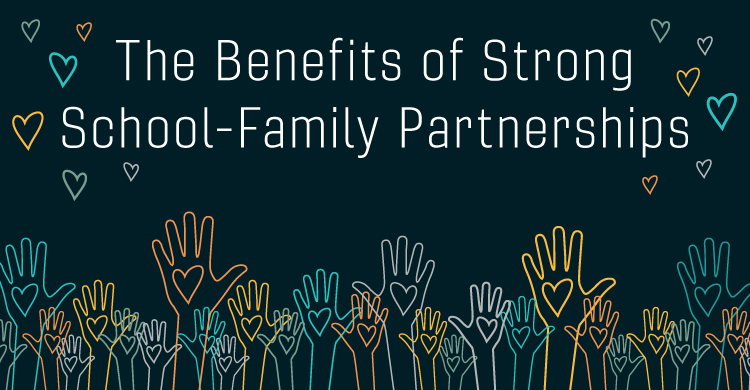Based on Kindergarten From A to Z
Many of my colleagues are eagerly awaiting the day when we can return to our physical classrooms full time to resume teaching as we have always known it to be.
However, there is one part of that process we are not looking forward to—the return of the dreaded observation. To some, the observer may be likened to the mother-in-law character from those 1950s sitcoms who comes into the house with white gloves, looking to find fault with everything.
Observations based on The Danielson Framework don’t always follow that likening. If you are evaluated using this system, read through the actual literature. You will find that, on paper, it comes off as a reasonable system. Many of the unreasonable practices associated with how it is often implemented in the real world, such as using it as a checklist, are not condoned. The Framework for Teaching is definitely not a checklist of specific behaviors (Danielson Group, 2018).
How the observation is supposed to be done
Classroom observation is supposed to be a collaborative exercise between the teacher and observer—the observer learns about the teacher’s practice, and the teacher can discover areas and ways to improve.
The Danielson Group recommends a “collaborative observation cycle process” that includes “a post-observation (reflection) conference in which the teacher and observer compare their interpretations of the evidence for each component, and decide together the appropriate level of performance for each component” (Danielson Group, 2018).
Are you always observed by the same person? The Danielson Framework says this: “The reliability of observations increased with … the number of observers” (Danielson Group, 2018).
Are your observers certified? The Danielson Framework says:
“It’s essential that evaluators demonstrate that they can evaluate performance accurately and consistently and base those judgments on evidence. A fair system demands that evaluators pass, in effect, a test to demonstrate their skill. After all, it’s impossible to get a driver’s license in any state without passing a test; it does not make sense that school evaluators should be able to make high-stakes decisions about teachers without demonstrating that they can do so accurately” (Danielson Group, 2018).
Have you been evaluated by someone who was not an expert in the subject or grade that you teach? Countless teachers have received inaccurate evaluations for this reason.
Thus, your observation should have these components:
- The observers should be trained in how to observe and record and be familiar with the teaching practices of the grade and subject area they are observing.
- Each observer (if more than one) should record dispassionately what they see, without putting a positive or negative judgment on what they are seeing—just the facts, please!
- After the observation is over, the observers should compare notes and confer so that any discrepancies between their observations are worked out. They should then compare what they recorded to the rubric for which the teacher is accountable, and grade the teacher.
- At the same time, the teacher should grade him- or herself on the same rubric on their own. The graded rubric of the observer and the graded rubric of the teacher should then be compared. Items where the two rubrics agree should be left alone. On items where the observers graded differently than the teacher, the observers and teacher should meet and discuss. The teacher is encouraged to bring evidence that the observers overlooked or were not aware of.
- The two parties work cooperatively and collaboratively until they can agree on a score for those items that were in discrepancy. On items where the teacher did not reach the standard, the teacher and observer work on agreed ways that will help the teacher improve their practice, and revisit these ways the next time around.
Is that how your observation went? I’ve never had one like that, nor have any of my colleagues.
How the observation is usually done
I have always had just one observer. They came in, judged everything, never asked for any feedback or evidence from me, and told me in no uncertain terms what I needed to improve upon, meaning what I was doing wrong—the obligatory next steps.
If I dared to obsequiously explain something or beg to differ with anything they said, I was quickly shut down and looked upon as if I were being insubordinate. Every observation put in my record and the rubric—which I never had any input on—was my final grade as a teacher.
Why the observation is a limited diagnostic tool
Teaching is like a soccer game. Everyone associates soccer with fancy footwork that dazzles the crowd, and the euphoria and excitement that comes with scoring a goal. Everyone associates teaching with the magical moment when a child comes up with a great connection between two concepts, or a super-creative way in which the teacher presents a lesson.
Most of a soccer game consists of passing the ball around, thinking of ways to get past the opponent, and attempting shots that miss the goal—relatively boring stuff. There are usually only two or three moments in the game that drive up the excitement level: scoring goals!
Teaching is very analogous to this. Most of teaching is not glamorous or pretty. Nor should it be. I find it to be a lot of fun, but I find playing soccer fun too. When you are teaching, you are in the trenches. There are super-teachable moments and amazing innovative projects for sure, but there is a lot more rote, repetition, routine, and procedure as well. They are as important a part of teaching as the exciting stuff, and just as necessary.
An observation is not an accurate measure of a teacher’s effectiveness or performance. It is accurate only in evaluating the teacher as a performer. In this parallel, observers give you a soccer ball and tell you that they are watching the game for only a few minutes—and they expect you to score a goal during that time. They want to see all the skills you use during the day in one hour (or less) of the day.
How to approach your observation
So, look at an observation as to what it expected—an idealized version of the stereotypical way a teacher is perceived. If you approach it with that mentality, it will work for you. The good part is that if you pull it off, you can then go back to teaching the way you are supposed to.
It is important to know who will be observing you, what subject they will be looking at, and when they will be coming. This is usually simple, as most observations have a pre-observation meeting where you meet with your observer and go over all that.
In teaching, timing is everything, so you have to make sure the lesson will build exactly on what you have taught the children the prior day. Teaching works when you are building something new and exciting upon what the children just learned. You should be doing that every day, but especially during your observation.
If your pre-observation meeting is a few days before the observation, you will have to map out exactly where your children will be on the day of the observation and what they will be ready for—figuring this out is the hardest part. Then you can write up your lesson.
Your lesson has to be fresh, so don’t reteach an old lesson or try out the lesson on the children before the observation. You can include a bell or whistle in your lesson, but stick to what you have found out works with the children.
How best to evaluate teachers
What would be the best way to obtain an honest evaluation of a teacher? I couldn’t tell you, although I have thought about it. No one has the time to really observe a teacher properly. Measuring children’s progress is just as complex, so you can’t base it solely on how the children do on tests. When that is the case, usually a lot of hokey-pokey goes on with the test scores. So, it is a riddle.
The Danielson Framework is very good at listing the qualities one would find in a good teacher, but its poor design and implementation makes it an unreliable evaluation tool, which often does not give an accurate measure of those criteria. I guess the best way to measure a teacher’s effectiveness is by their impact on children’s lives. A good gauge might be the child or parent who writes about you in their memoir, tells their children about you, or quotes you to their friends—or even sees you years later to tell you how great a teacher you were. (But we don’t yet have the ability to quantify that. Pity.)
As critical as I am of the observation being an unfair snapshot of a teacher’s effectiveness, and as clueless as I am as to how to measure a teacher’s performance, I will tell you that I can tell how good a teacher is within 30 seconds of entering their classroom.
I do this with my favorite teaching sense—hearing. I listen for the “hum.” When children are engaged, excited, motivated, happy, and learning they emit a communal hum, like the purr of a cat or the buzz of a beehive. It has a certain frequency—I don’t know exactly what it is, but I know it when I hear it. It is a beautiful sound and very soothing to the soul. It probably has the same frequency as that of the universe.
If you are interested in finding out how you can have your class humming on a daily basis, the concepts of Kindergarten From A to Z apply to teaching on all grade levels.
References:
Danielson Group, Danielson, C. (2018) Questions About the Framework for Teaching. Retrieved from https://www.danielsongroup.org/questions-about-the-framework-for-teaching/.
Alan J. Cohen—whose students call him “Mr. A.”—is a tenured teacher in the New York City Department of Education. He has taught children from many different socioeconomic backgrounds, including those with processing issues or physical, cognitive, and behavioral needs, and those who are intellectually gifted. His initial position was at a prekindergarten in a low-income neighborhood where his eyes were opened to the unique challenges of the community in obtaining resources and ensuring quality education. He then taught at an early learning center focused on prepping the children for entrance into selective city schools. He began developing a style that combines play, exploration, and academics, and discovered that his method was the best preparation for the students to succeed on high-stakes entrance tests.







